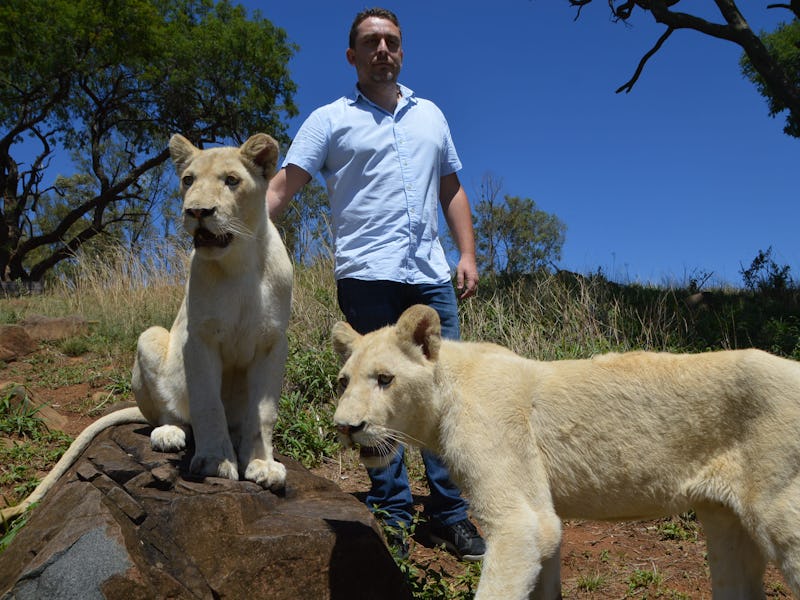Instagram Is Cracking Down on People Who Take Wildlife #Selfies
Posters using #tigerselfie, #slothselfie, and #koalaselfie are being flagged.

To commemorate World Conservation Day on Monday, Instagram rolled out a new effort to keep exotic wildlife exploitation and illegal trade off its platform. Now, when you search a hashtag on Instagram like “#slothselfie” or “#koalaselfie,” you’ll see a pop-up that says: “Animal abuse and the sale of endangered animals or their parts is not allowed on Instagram. You are searching for a hashtag that may be associated with posts that encourage harmful behavior to animals or the environment.”
From there, you can either continue to the content or “learn more.” (Slight variations on the hashtags, like “#koalaselfies,” fail to trigger the warning; it’s still a work in progress.)
The move is a response to recent alarming revelations that social media both fuels consumer demand for the illegal animal trade and often acts as a messaging forum for illegal trades to take place. While Instagram’s warning may seem to cynics like a nice gesture at best, Anna Nekaris, Ph.D., who researches primate conservation at Oxford Brookes University in the United Kingdom and is a leading researcher in the effect of social media on illegal animal trade, welcomes the awareness it brings to the issue.
“I must say this comes as amazing news and I hope it extends to illegal pets,” she says.
Instagram’s official announcement is rather light on the details of the company’s goal. “Animal abuse and the sale of endangered animals or their parts are not allowed on Instagram,” it reads. Nevertheless, the intervention contributes to the effort in two significant ways.
The first is that it informs the average Instagram user that the exotic animals made available to tourists for photo ops are often abused victims of the illegal wildlife trade, as a report in The Guardian vividly illustrated in October.
The other, much loftier goal, is to stem the illegal wildlife trade that literally happens over Instagram, as a New York Times report revealed in November. The story showed that illegal animal dealers often operate directly through social media apps, including Instagram and WhatsApp.
In the face of the illegal animal industry, these represent small changes that probably won’t do much to stop people who are intent on reaping the incredible profits of illegal animal trafficking. Furthermore, the language used in Instagram’s warning is still pretty vague.
We also encourage you to be mindful of your interactions with wild animals, and consider whether an animal has been smuggled, poached or abused for the sake of tourism. For example, be wary when paying for photo opportunities with exotic animals, as these photos and videos may put endangered animals at risk.
Nevertheless, for the average person who doesn’t understand that the cute sloth or orangutan they’re taking a selfie with is likely abused and stressed, even this mild warning may be a wakeup call.
Nekaris’s work has shown that social media directly contributes to the demand for illegal exotic animals — her team found that the popularity of the Harry Potter franchise directly caused an increase in illegal owl sales — so it makes sense to target the problem at its source. In one paper published in the journal Oryx in June 2017, Nekaris and her co-author explained that people who see exotic animals on social media are less likely to think of them as wild animals.
“Researchers have shown that people who see threatened species in a human context perceive them as less threatened and as suitable pets,” they write.
She and her colleagues have noted in the past that social media platforms like YouTube, Facebook, and Instagram have been largely nonresponsive to complaints about their role in encouraging the illegal animal trade. Instagram’s latest push may be a small one, but it at least gets the ball rolling on heartbreaking selfies like these.